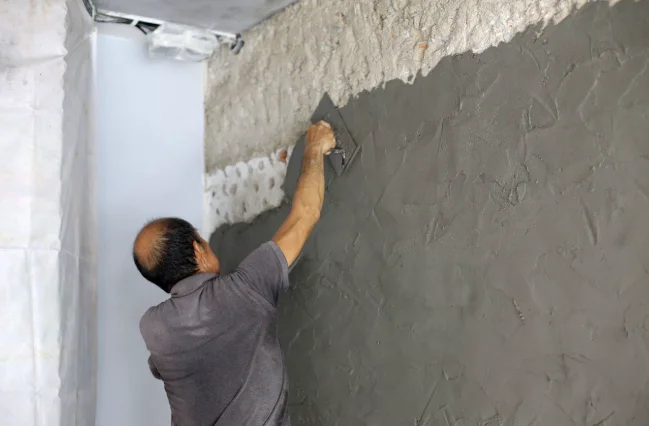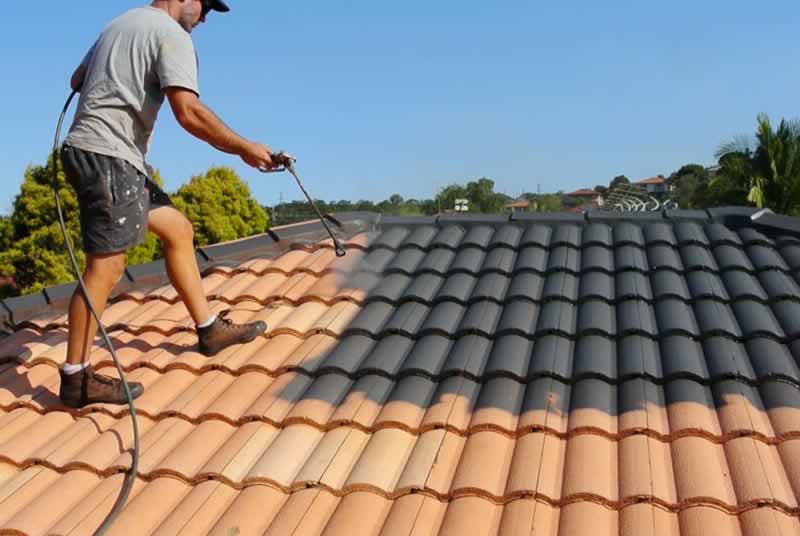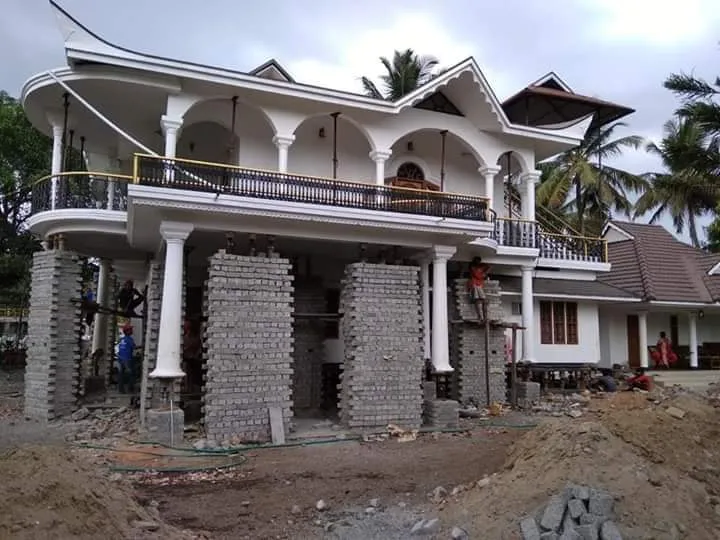What Is a Wind Mitigation Inspection?
A wind mitigation inspection is a specialized property inspection designed to assess a building’s ability to withstand high winds, hurricanes, and other severe weather conditions. Primarily used in areas prone to strong winds and hurricanes, this inspection identifies key structural features and improvements that can reduce the amount of damage a property may sustain during a wind event. Homeowners often seek wind mitigation inspections to determine the effectiveness of their property’s wind-resistant features, as well as to qualify for insurance discounts by demonstrating that the building has specific safety features that protect against wind damage.
1. Purpose of a Wind Mitigation Inspection
The primary purpose of a wind mitigation inspection is to evaluate the features that make a property more resistant to wind damage. This is especially critical in hurricane-prone regions such as Florida, where wind damage is common and costly. During the inspection, a qualified inspector evaluates various elements of the property’s construction and identifies key features that contribute to wind resistance. Insurance companies consider these features when calculating homeowner’s insurance premiums, as properties with strong wind-resistant elements are at a reduced risk of significant damage. By providing evidence of wind-resistant features, homeowners can often qualify for lower premiums.
2. Key Features Assessed in a Wind Mitigation Inspection
Wind mitigation inspections focus on specific structural elements that contribute to a building’s ability to resist wind damage. These features include:
- Roof Covering: The inspector checks the type of roof covering, such as shingles, tiles, or metal roofing, and verifies if it meets local wind-resistance standards. Roof covering is crucial in protecting the home’s interior from wind and water damage.
- Roof Deck Attachment: The way the roof deck is attached to the structure is assessed, as a strong attachment can prevent the roof from being ripped off by high winds. Nail spacing and type are checked to ensure they provide a secure hold.
- Roof-to-Wall Attachment: The inspection evaluates how the roof is connected to the walls of the house. Strong connectors, such as hurricane straps or clips, significantly improve the roof’s resistance to being uplifted by strong winds.
- Roof Shape: Certain roof shapes, like hip roofs, are more aerodynamic and offer better resistance to wind than gable roofs. A hip roof is typically more resilient in high-wind conditions because it reduces the pressure placed on the roof by strong gusts.
- Secondary Water Resistance: This feature involves an additional layer of protection beneath the roof covering to prevent water from entering the home if the roof cover is damaged. This can be crucial in areas prone to heavy rains accompanying high winds.
- Opening Protection: Windows, doors, and other openings are evaluated for protective measures like shutters, impact-resistant glass, or reinforcements. These prevent flying debris from breaching the building envelope during high-wind events.
- Gable End Bracing: Gable roofs are particularly susceptible to wind damage, so the inspector checks for proper bracing on gable ends to ensure they can withstand wind pressure.
Each of these features contributes to the overall wind resistance of the property, and the more wind-resistant features a home has, the better it can withstand severe weather.
3. Insurance Benefits of a Wind Mitigation Inspection
One of the most compelling reasons to get a wind mitigation inspection is the potential for significant savings on homeowner’s insurance. In many regions, particularly in hurricane-prone states, insurance companies offer premium discounts for homes that have wind-resistant features. By conducting a wind mitigation inspection, homeowners can identify qualifying features and provide the inspection report to their insurer to potentially reduce their insurance costs.
Insurance discounts can vary depending on the level of wind resistance, but they can be substantial, often leading to annual savings of hundreds of dollars. The inspection may cost between $75 and $150, but it usually pays for itself within the first year through premium discounts. The more wind-resistant features a home has, the greater the potential discount, making it an attractive investment for homeowners.
4. Protecting Your Home and Family
Beyond insurance savings, a wind mitigation inspection can give homeowners peace of mind. Identifying and enhancing wind-resistant features improves the property’s resilience against severe weather events, reducing the likelihood of costly repairs and ensuring that the home is safer for its occupants. Strengthening a property against wind damage can also increase its resale value, as buyers may be willing to pay more for a home that is well-prepared to withstand hurricanes and strong winds.
5. When and How to Get a Wind Mitigation Inspection
Wind mitigation inspections are generally required when purchasing a new home, especially if it is located in a hurricane-prone region, or when renewing an insurance policy. Homeowners can arrange a wind mitigation inspection by contacting a licensed inspector who is trained in wind mitigation assessments. It is important to ensure that the inspector has the necessary certifications, as insurance companies typically require documentation from a qualified professional.
Once the inspection is complete, the homeowner receives a report that details the building’s wind-resistant features. This report can be submitted to the insurance company for premium adjustments. Some homeowners may also use the inspection report as a guide for making further improvements to enhance the building’s resilience against wind.
Conclusion
A Wind Mitigation Inspection in Orlando FL is a valuable tool for homeowners in areas vulnerable to hurricanes and high winds. By identifying and verifying wind-resistant features, this inspection can lead to insurance discounts, enhanced property safety, and peace of mind. The key elements assessed such as roof attachment, roof shape, opening protection, and gable bracing collectively contribute to a building’s wind resilience. Whether to reduce insurance premiums or protect against costly wind damage, a wind mitigation inspection is a sound investment for any homeowner looking to strengthen their property’s defenses against severe weather.








Post Comment